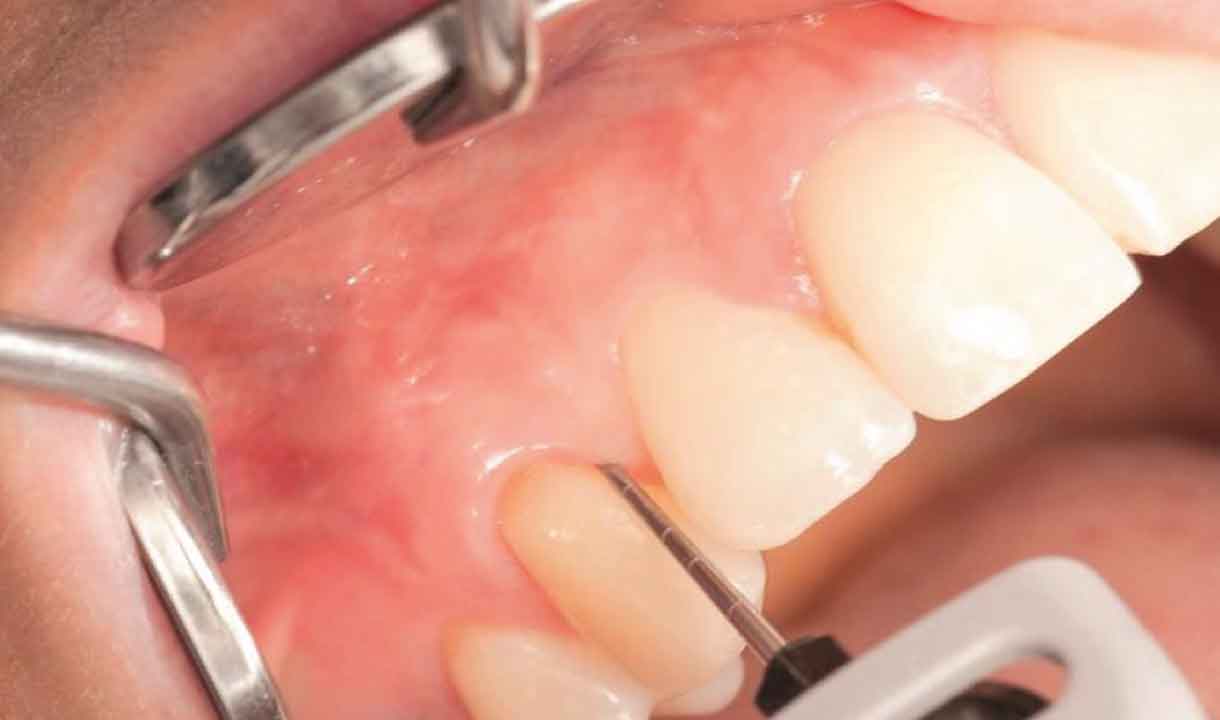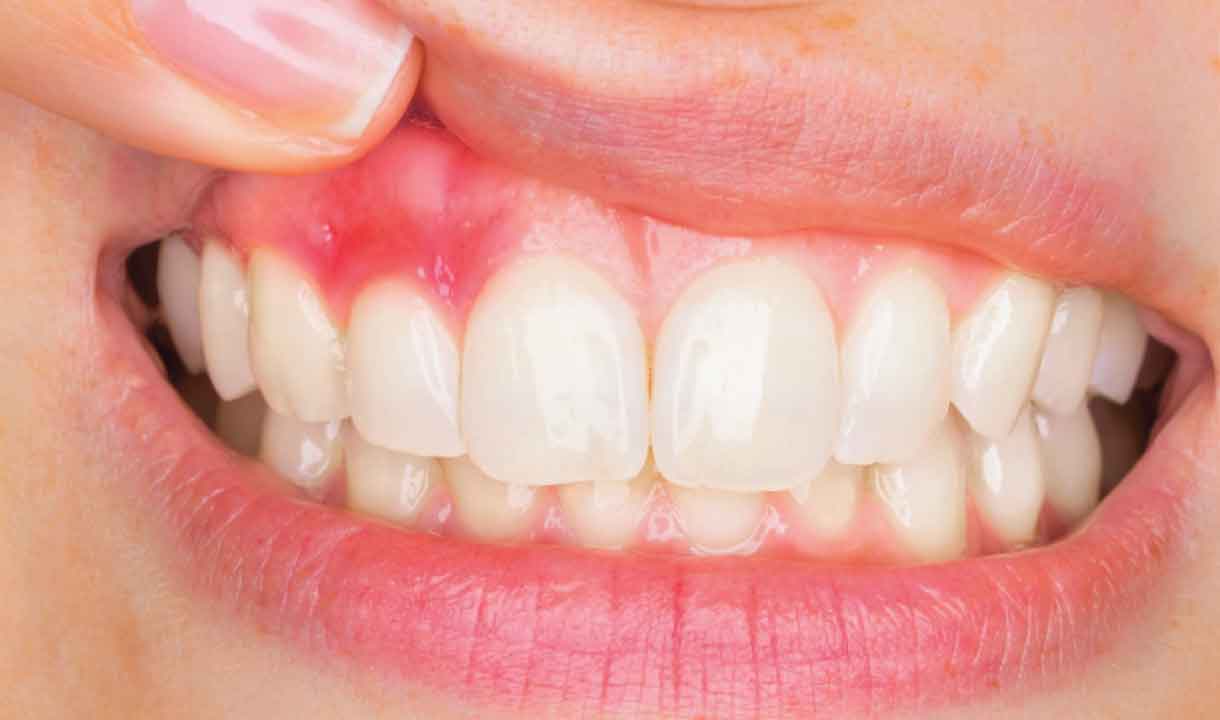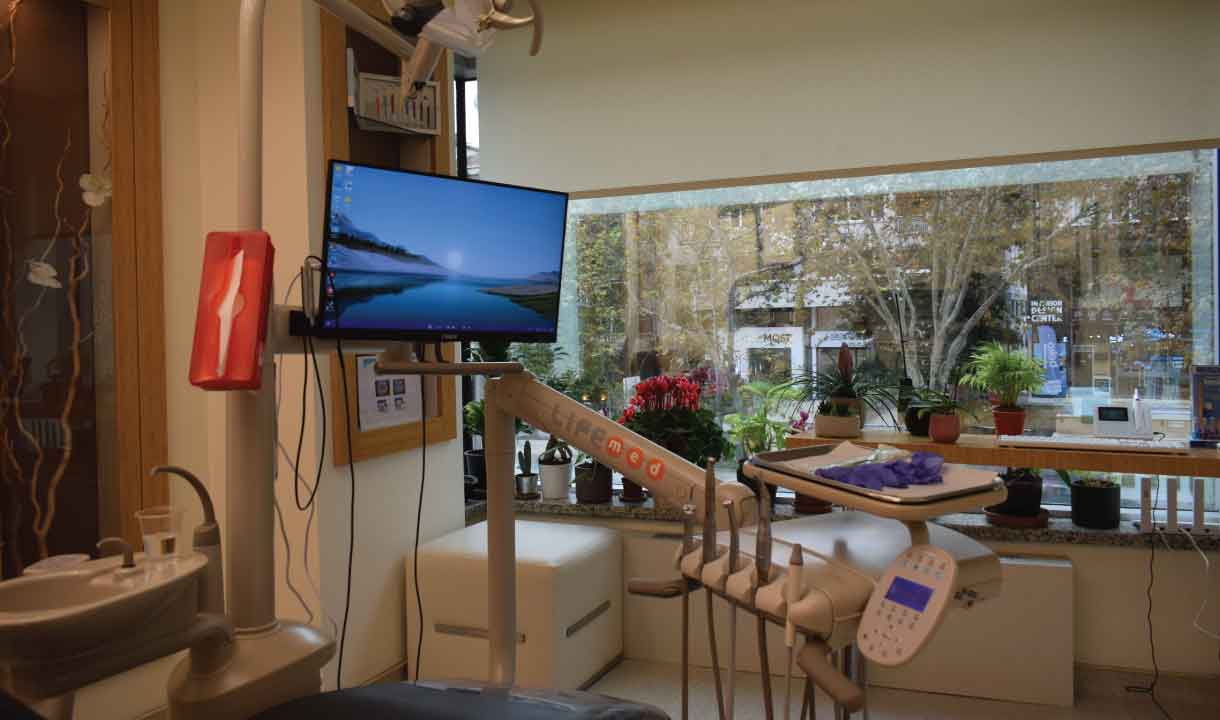Inflammation of the soft and hard tissues around the gums and teeth causes periodontal diseases. On the root surface of the teeth embedded in the jawbone, there is a tissue layer called “periodontal ligament” and containing fibroelastic fibers. The task of the tissue is to provide softness to the jawbone by compensating the force on the teeth. It contains the oral mucosa and gingiva.
Gum diseases usually occur when bacteria in the plaque layer called "gingivitis" inflame the gums. The colorless and sticky film layer that regularly forms on the teeth is called “plaque”. During this period, redness, bleeding and swelling are observed in the gums.

Gingival Diseases
In gingival diseases caused by inadequate oral care and some genetic factors, tartar cleaning or regular oral care at home accelerate the healing process. If left untreated, the disease progresses to the stage of periodontitis; Periodontitis is a condition in which the inflammation that starts in the gingiva as a result of bacteria destroys the gingival fibers and alveolar bone. There is a physiological gingival groove of 1-2 mm where the healthy gingiva meets the tooth. It is possible for the groove to become deepened and transformed into a periodontal pocket as a result of being pregnant with the attacks of bacteria over time.
Symptoms of Gingival Diseases
• Bad breath,
• Shaking teeth,
• Recession in the gums,
• Tingling when drinking cold beverages,
• Teeth not closing as before,
• Bleeding while brushing gums,
• Newly formed gaps between teeth,
• Wounds that occur continuously in your mouth,• Swelling and redness in the gums

